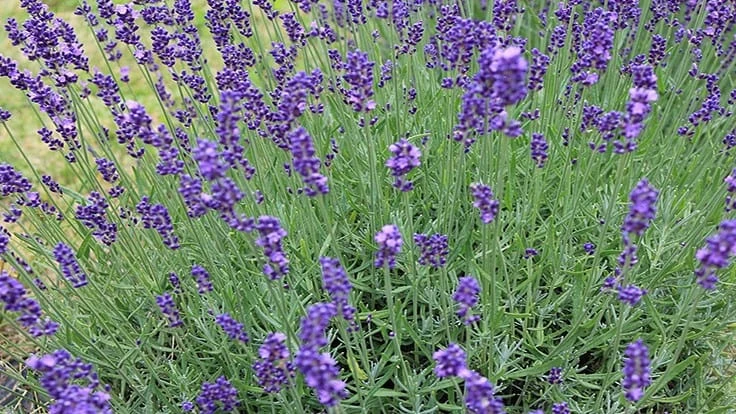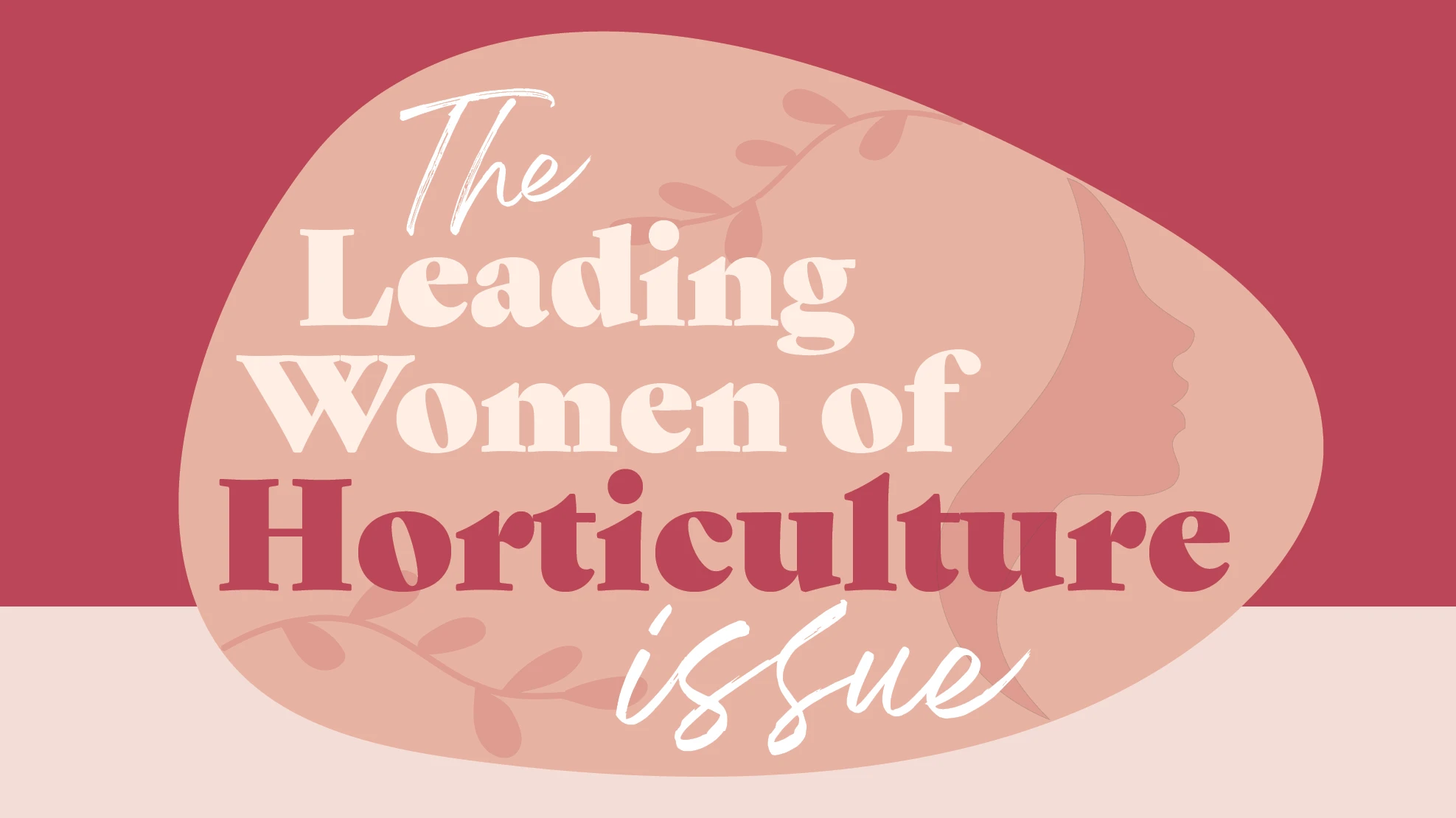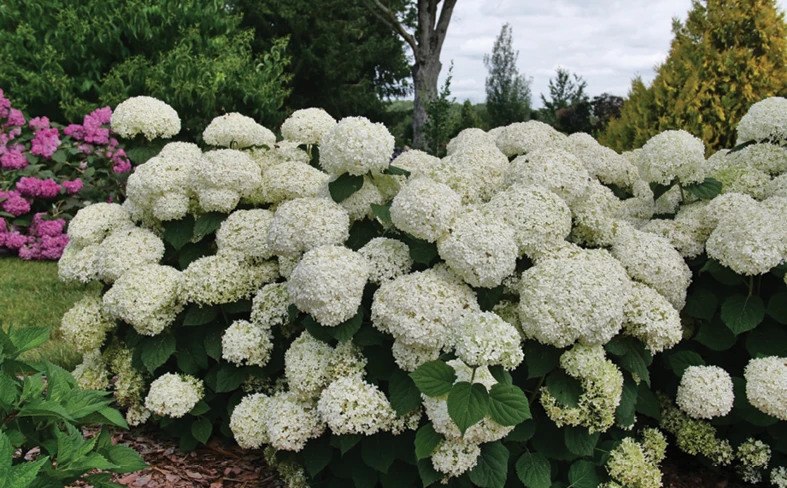
Photo by Laslovarga, CC-BY-SA-4.0
During a Monday session at Cultivate’21, Peace Tree Farm's Lloyd Traven went in depth on lavender, a perennial crop that has become more prominent in recent years. The session, which was unfortunately cut short due to a fire alarm at the Columbus Convention Center, featured Traven’s insight into a crop he and his team grow at Peace Tree.
“It has changed so much in the last decade,” Traven said. “It’s been an incredible evolution of the crop.” He later noted that, for big-box retailers, lavender has exceeded the 15% sales threshold and is now considered its own category in the broader perennial category. At Home Depot, the only other crop with that distinction is hostas.
Here are a few takeaways.
Lavender can offer green businesses year-round sales.
According to Traven, one of the benefits of lavender is that it can offer year-round income for growers because it is a versatile crop.
For instance, Traven noted that dried lavender can be used to create unique Christmas ornaments. It can also be used for culinary purposes, grown for its oil and many more options. And, while some growers in Montana or Utah grow it outside, it can (and is) also grown in a controlled environment. Traven, for example, operates in the Midwest and uses greenhouse space for his year-round production.
All that said, Traven did note that growers shouldn’t rush into a program in search of more income and just assume lavender will work for them. The first step, he said, is to trial varieties, find the right one(s) and understand what it’s being grown for.
“There’s no reason it can’t work for you year-round,” he said.
Modern lavender is much easier to grow.
Since 2013, Traven says, the lavender genetics market has changed significantly, with breeders like Proven Winners, Pacific Plug & Liner and Dummen Orange embracing lavender and offering high-quality genetics. In his opinion, some current breeding aims are cart shipping (meaning plants that ‘look like little meatballs’ can ship the same as a petunia); an early, annualized bloom; focusing on the lavender aroma; and single use of the plant, but a strong financial return.
According to Traven, growers now can achieve predictable production with lavender and, while it still takes care, it’s now easier to grow. Tied in with that is the availability of clean stock via propagation - something that was not the case until recently. Traven, who does propagate lavender, says that this unlocks some of lavender’s potential because growers can now trust the plants coming to them are healthy.
Know your lavender types.
There are five major types of lavender, Traven said.
Angustifolia - English
Intermedia - French
Stoechas - Spanish
Dentata - Fringed
Novelty - 'Meerlo', Platinum
Angustifolia is the most common option on the market, Traven says, because it has the ‘classic’ lavender fragrance, yields high-quality oil and is best used for culinary purposes.






